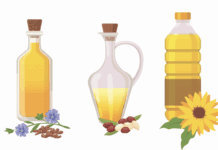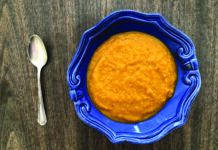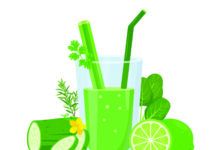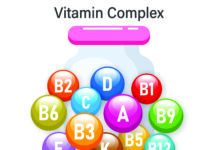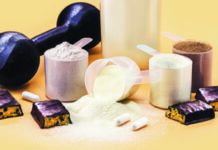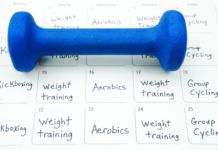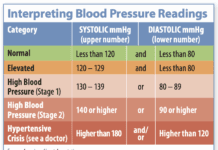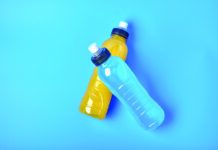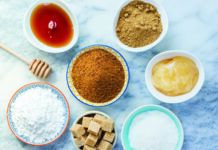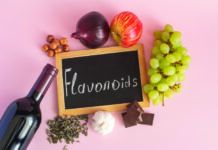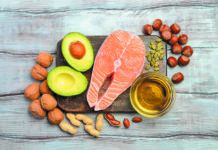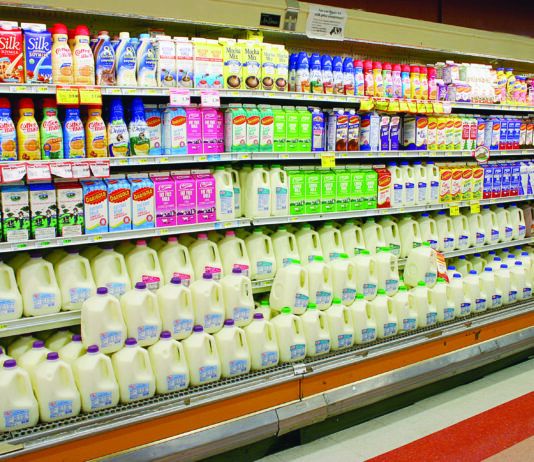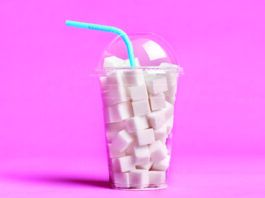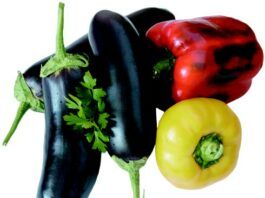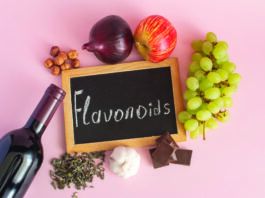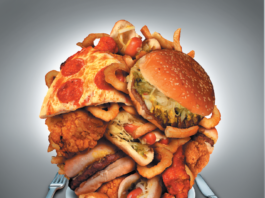Hidden Heart Dangers of Herbs
Those herbal remedies youre taking for your health may actually interact with your prescription drugs, altering their effectiveness or increasing the risk of bleeding or other cardiovascular problems. A new Mayo Clinic review of nearly 90 studies over the past 44 years warns that patients and physicians may be dangerously unaware of the ways herbal nostrums can interact with common cardiovascular medications.
US Switching to Sugary Drinks
Remember when the standard beverage at mealtime was milk? That Father Knows Best image is as dated as black-and-white TV, according to a study of changing beverage consumption. Using data from four national surveys, the study found a steady decline in milk drinking, with only a partial shift towards reducedfat milk. Children ages 2 to 18 are averaging 91 fewer calories daily from milk than in 1977- 78.
Coffee Antioxidants OK with Milk
If you like your coffee with a little milk, Nestl scientists say go ahead: You dont have to worry about missing out on the antioxidants in coffee that are increasingly being linked to possible health benefits.
Menu Calorie Counts Coming to Chains Nationwide
Tucked into the controversial healthcare legislation recently signed into law was a surprisingly uncontroversial provision requiring big restaurant chains to list calorie information on menus and drive-through signs. The measure was backed by the National Restaurant Association, which preferred a national standard to a patchwork of conflicting local ordinances. Restaurants with 20 or more outlets, as well as vending machines selling food items, will be covered by the law,
More Americans Checking Nutrition Labels
If youre reading this, youre not alone-Americans are thinking more about food and health and, in general, know more about nutrition and prevention of chronic disease. A newly released survey by the US Food and Drug Admini stration (FDA) reports that the percentage of people who say they read the nutrition label before buying a product for the first time increased from 44% in 2002 to 54% in 2008. Nearly half of the more than 2,500 adults surveyed said such label information had changed their decision to buy or use a product. On the other hand, 56% said they didnt believe such front-of-package claims as low fat or high fiber.
FDA Cracks Down on Claims
Keeping a promise made last year when food packagers were warned to voluntarily police their label claims-or else-the FDA fired off warning letters to 17 companies, including many familiar names. Some were singled out for boasting that products contain zero trans fat, without the required disclaimer that the foods are, however, high in saturated fat; these included several Dreyers icecream treats, Mrs. Smiths Coconut Custard Pie and Gortons Fish Fillets. Such claims can be misleading, FDA chief Margaret Hamburg, MD, explained, because they imply that the product is a better choice than products without the claim.
Organic Program Playing Catch-Up
Is that produce labeled organic really pesticide-free? The US Depart - ment of Agricultures National Organic Program recently announced a step-up in spot inspections to make sure organic foods live up to their promises.
Baby Boomers Seeking Food Magic Bullets
Theres a new generation gap when it comes to healthy ingredients and supplements: Baby Boomers, ages 45 to 64, are much more likely than younger or older consumers to seek out foods and other products for promised health benefits. Market research group Decision Analyst surveyed 16,392 US adults and found, Belief in magic foods
US Tops in Low-Sodium Launches
The US leads the world in introducing lowsodium products- with food giant Kraft recently announcing it will cut the sodium in all its North American products by an average 10% over the next few years. But low-sodium foods arent high on consumers shopping lists, according to a new report from Packaged Facts market research. >From 2005 to 2009, US companies launched 762 food products or non-alcoholic beverages with a reducedor no-sodium claim-five times the number of the next-highest nation, Japan.
7 Keys to Protecting Yourself Against Osteoporosis
Despite advances in pharmaceutical treatments for osteoporosis, diet and lifestyle remain womens first line of defense, according to a new statement by the North American Meno - pause Society. The society recommended periodic review of seven key measures plus annual assessment of fall risk after menopause.

